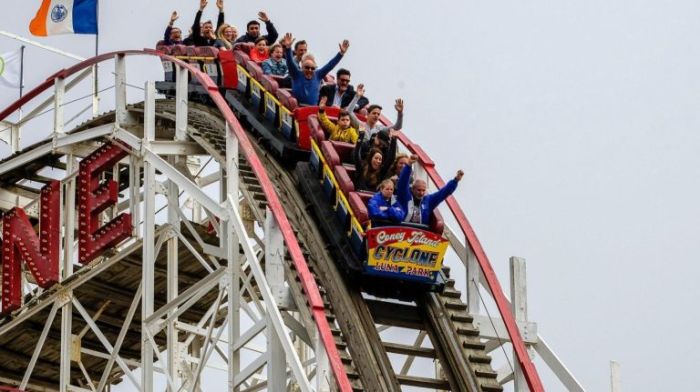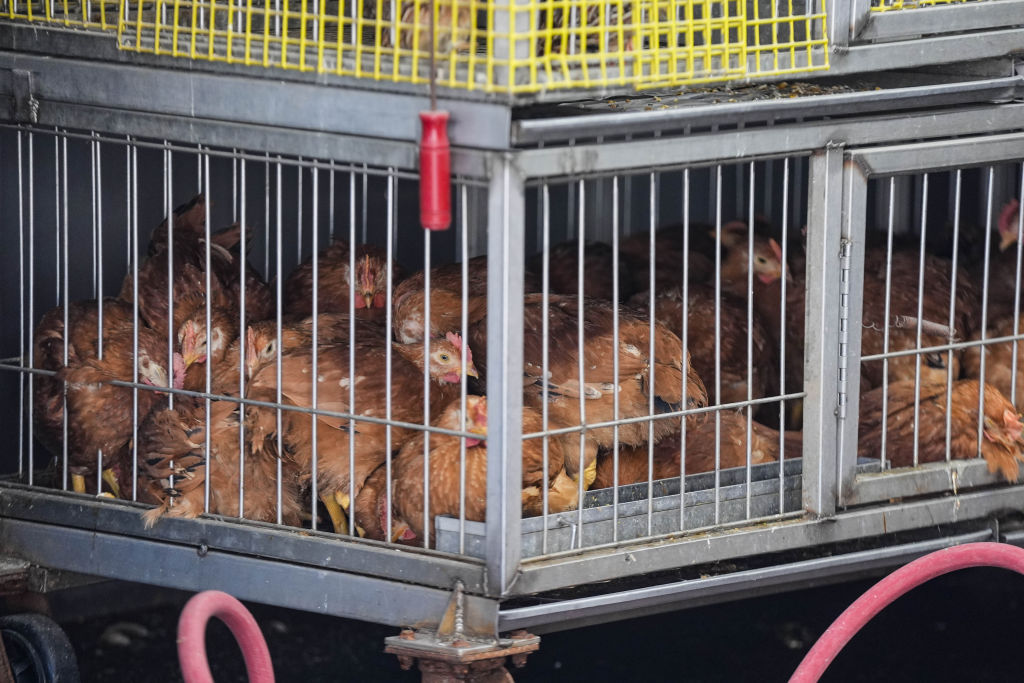What you see isn’t always what you get.
A new interactive exhibit at the American Museum of Natural History allows visitors to explore their five senses and challenge their perceptions of sight, touch, smell, sound and taste.
Walking through the 11 galleries of “Our Senses: An Immersive Experience,” which opens on Nov. 20, can feel like a trip through a funhouse with bright colors, lights and a myriad sounds.
One room, featuring ripples painted on the floor and walls, proves you can feel wobbly even with your feet planted firmly on the ground. Another gallery shows how infrared and ultraviolet colors, invisible to the human eye, serve as landing strips for insects looking to feed on flowers.
Battle-hardened New Yorkers, surrounded by the daily cacophony of city life, will have fun attempting to single out recorded sounds while sitting on plush cubes in a dimly lit gallery.
“This information comes in and we do a lot of work in our brains really, really fast to make sense of it. I hope that’s what people learn,” said Rob DeSalle, curator of the exhibit and the museum’s Division of Invertebrate Zoology.
“I would also hope that when a visitor comes through this, they have a heck of a lot of fun,” he added. “You are almost learning without knowing it.”
Museum president Ellen Futter said the exhibit, which runs through January 2019, is a natural “sequel” to a 2010’s “Brain: The Inside Story,” also curated by DeSalle.
“Our senses are essential to how we live and make sense of the world around us. They provide pleasure, warn us of danger, and allow us to interact with one another,” Futter said. “But how exactly do they work, why did they evolve the way they did, and what things are we not able to sense or perceive accurately?”
One of the galleries offers a sweet smell test involving cacao beans, the main ingredient in chocolate. Visitors are invited to “unpack the fragrance notes” of the more than 600 fragrant chemicals, and they will likely be surprised at what they find. (Hint: Get ready to Google Furfuryl mercaptan.)
The science behind the senses is presented in a way that is stimulating to both kids and adults. DeSalle says even the youngest visitors can walk away with a greater understanding of the topic.
“I want them to be immersed in the senses, realize that those senses are brought into our bodies by organs that send impulses to the brain that sort it out,” he said. “If a kid comes through and gets that, then we’ve accomplished one of the major goals of primary education to understand the nervous system.”
The exhibit also makes it clear humans may not be the most highly evolved when it comes to their senses. Visitors can explore how other animals, such as coyotes, peacocks and platypuses use their acute sense of smell, sight and hearing to find food and navigate the world.
“We’re not well known for our sense of smell,” DeSalle said. “Our sense of color, vision and light is in a very narrow range … We are a very visually oriented species.”


































